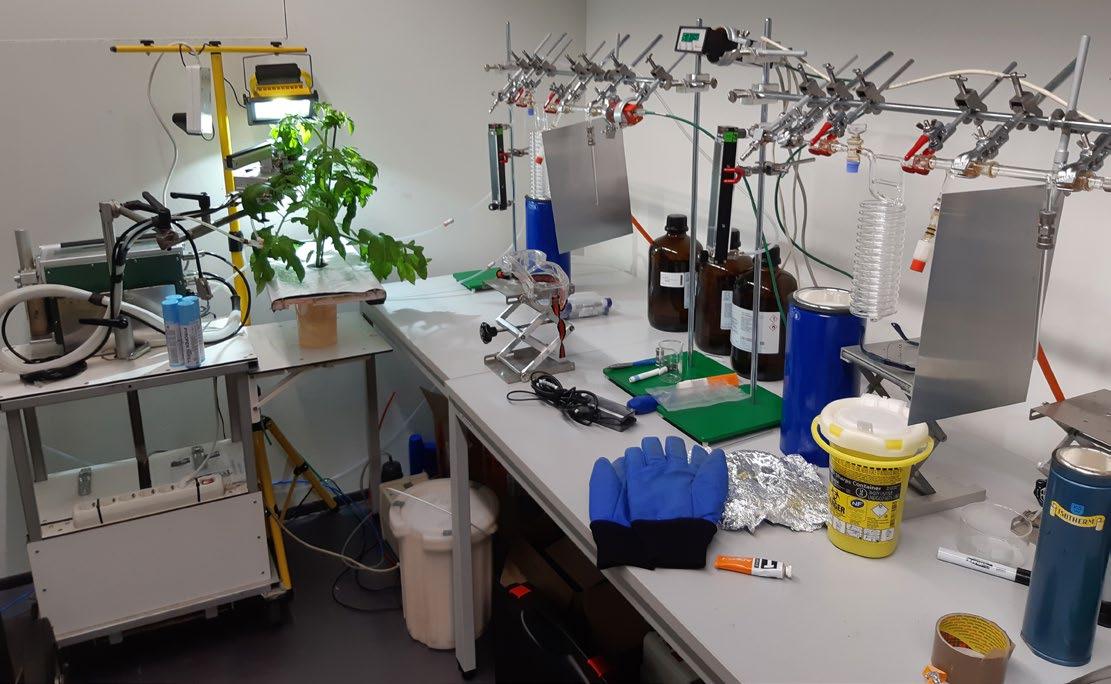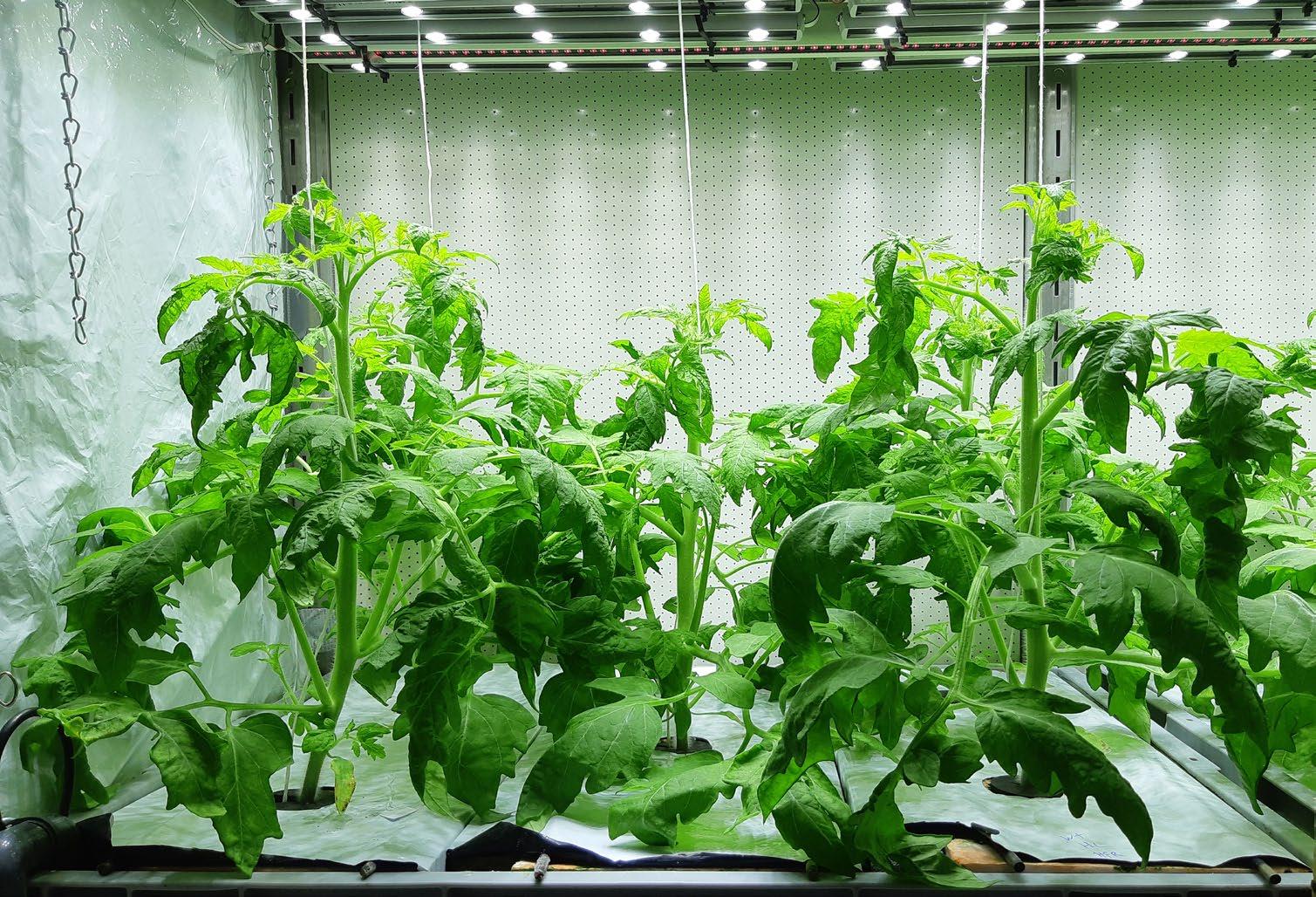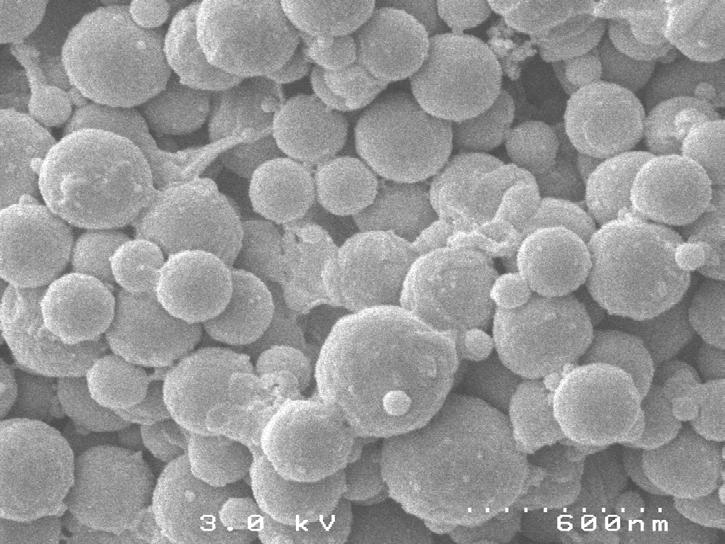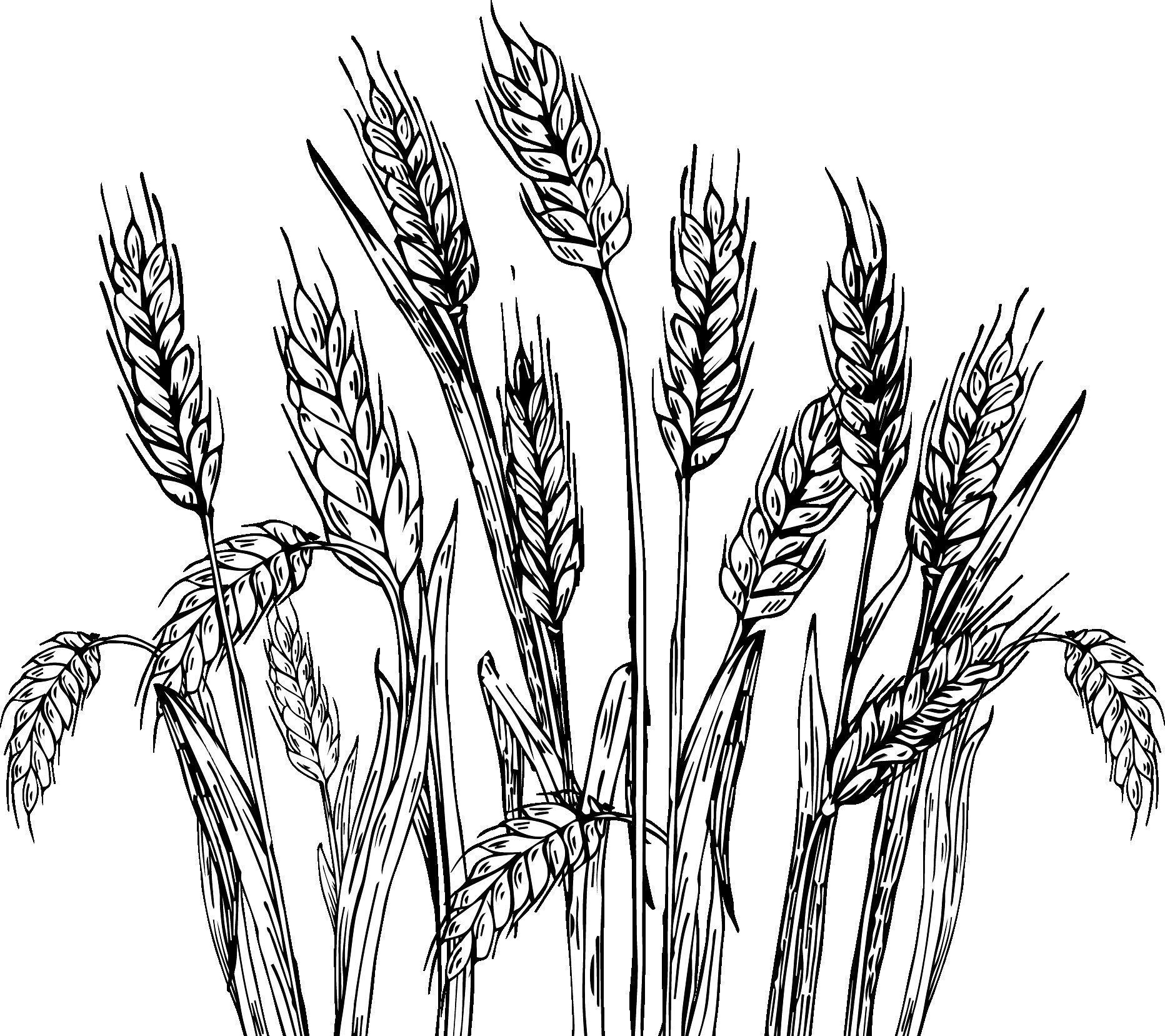
3 minute read
THE TRADE-OFFS TO INDOOR LIVING
Of course, one way to protect our crops from light stress would be to grow them indoors under controlled conditions. But providing enough artificial light can incur prohibitively expensive energy costs, prompting plant researchers to investigate how the light spectrum could be optimised to most effectively promote plant photosynthesis and growth. Although red and blue light are considered to be the dominant photosynthetically active radiation, Steven Driever (Wageningen University & Research) is interested in the evidence that wavelengths outside these ranges also affect light harvesting reactions. “For instance, far-red light in the region of 700–800 nm can enhance photosynthesis when given in addition to light in the range of photosynthetically active radiation, known as the Emerson enhancement effect,” he says. “But using this as a means to boost growth is far from straightforward. We have to remember that light is not only used for photosynthesis, but that light is also perceived as a signal by plants to induce developmental changes.”
Alterations in the ratio of red to far-red light (R:FR), for instance, are sensed by phytochromes that trigger morphological changes collectively known as the shade avoidance response. In many “shade-avoider” species, this results in thinner leaves, with a lower mass per unit area, lower chlorophyll and rubisco content, and an increased resistance to CO2 diffusion—all of which may lead to a reduced photosynthetic capacity per unit area. “So, in protected cultivation systems, addition of far-red light could be beneficial by driving photosynthesis on the one hand, but could also be counterproductive by triggering the shade avoidance response on the other hand,” says Steven. “However, in a controlled light environment, light intensity and R:FR can be altered independently, which could potentially give an opportunity to overcome such trade-offs.”
To investigate this, Steven and his group grew tomato plants under white light emitting diodes (LEDs) with and without additional far-red light at two light intensities, and assessed the changes in photosynthetic responses, besides leaf mass, thickness, nitrogen content and CO2 diffusion resistance.4 “Our particular focus was on low, limiting light intensities that occur often when white LED lighting is used as the sole light source,” he says.
For both light intensities, the addition of far-red light to white LED light induced a shade avoidance type response and increased the resistance to CO2 diffusion, as expected. But addition of far-red light to white LED light had a significantly greater negative effect on photosynthesis for the plants that were grown at a low light intensity. This was
WE HAVE TO REMEMBER THAT LIGHT IS NOT ONLY USED FOR PHOTOSYNTHESIS, BUT THAT LIGHT IS ALSO PERCEIVED AS A SIGNAL BY PLANTS TO INDUCE DEVELOPMENTAL CHANGES due to a stronger shade avoidance response that reduced leaf mass, nitrogen content and, most strongly, increased diffusion resistance to CO2. A less negative effect of additional far-red was found at high light intensity, which suggests that the negative effect on photosynthesis can be partially overcome by increasing light intensity. “This raises the question of whether photosynthesis could be improved if the shade avoidance response is systemically reduced, for instance, in plants that cannot sense far-red light,” says Simon.
Nevertheless, the findings potentially indicate ways in which CO2 diffusion through the leaf mesophyll could be improved for herbaceous crops such as tomato. “The diffusion resistance was lower when leaves had a high mass per unit area and thickness. Because these leaf properties are relatively low for tomato, compared to other crops, there is room to improve CO2 diffusion to enhance photosynthesis when light becomes non-limiting,” says Simon. “We intend to use plants with phytochrome sensing deficiency to investigate the impact of a lack of far-red light sensing on leaf anatomy and CO2 diffusion in the mesophyll.”
Don’t forget! Taking place 4–7 July in Edinburgh, UK, the SEB Centenary Conference 2023 will showcase a wealth of cutting-edge research on plant adaptations to many different types of environmental stresses. The full programme of sessions and booking information can be found on the SEB website.
Above Measurement of a tomato plant with a set-up for gas exchange and cryotrapping of CO2 in the laboratory

Photo credit:
Maarten Wassenaar
Top Left Scanning electron micrograph of isolated Arabidopsis thaliana plastoglobules

Photo credit: Peter Lundquist
References:
1. von Bismarck T, Korkmaz K, Ruß, et al. Light acclimation interacts with thylakoid ion transport to govern the dynamics of photosynthesis. New Phytol 2023; 237: 160–176.
2. Espinoza‐Corral R, Schwenkert S, Lundquist PK. Molecular changes of Arabidopsis thaliana plastoglobules facilitate thylakoid membrane remodeling under high light stress. Plant 2021; 106: 1571–1587.
3. Thula S, Moturu TR, Salava H, et al. Strigolactones stimulate high light stress adaptation by modulating photosynthesis rate in Arabidopsis. Journal of Plant Growth Regulation 2022; doi: 10.1007/s00344-022-10764-5.
4. Wassenaar MLJ, van Leperen W, Driever SM. Low red to farred ratio increases resistance to CO2 diffusion and reduces photosynthetic efficiency in low light grown tomato plants. Environmental and Experimental Botany 2022; 200: 104918.
Bottom Left Custom growth cabinet “Solinator” with tomato plants, grown in white LED and additional far-red light
Photo credit:
Maarten Wassenaar
PLENARY LECTURERS 2023 WINNERS 28
MEET OUR PRESIDENT MEDALISTS 2023 .. 30
JOURNALS - CONSERVATION PHYSIOLOGY –REFLECTIONS AND A VISION FOR THE FUTURE 32
JOURNALS - THE PLANT JOURNAL: A HUNDRED YEARS OF METABOLISM R ESEARCH 33
JOURNALS - JXB - UNRAVELING THE RNA REVOLUTION: A TIMELINE OF RNA BIOLOGY RESEARCH 34
JOURNALS - PLANT DIRECTROOT BIOLOGY: FROM CURIOSITY TO SAVING THE PLANET OVER 100 YEARS 35
JOURNALS - PLANT BIOTECHNOLOGY –PAST, PRESENT AND FUTURE 36 IN CONVERSATION WITH LIANA ACEVEDO-SIACA 38 IN CONVERSATION WITH MICHAEL SLEIGH 40

SPOTLIGHT ON SHANE AUSTIN ......... 42
SPOTLIGHT ON GEORGES HRAOUI 44










